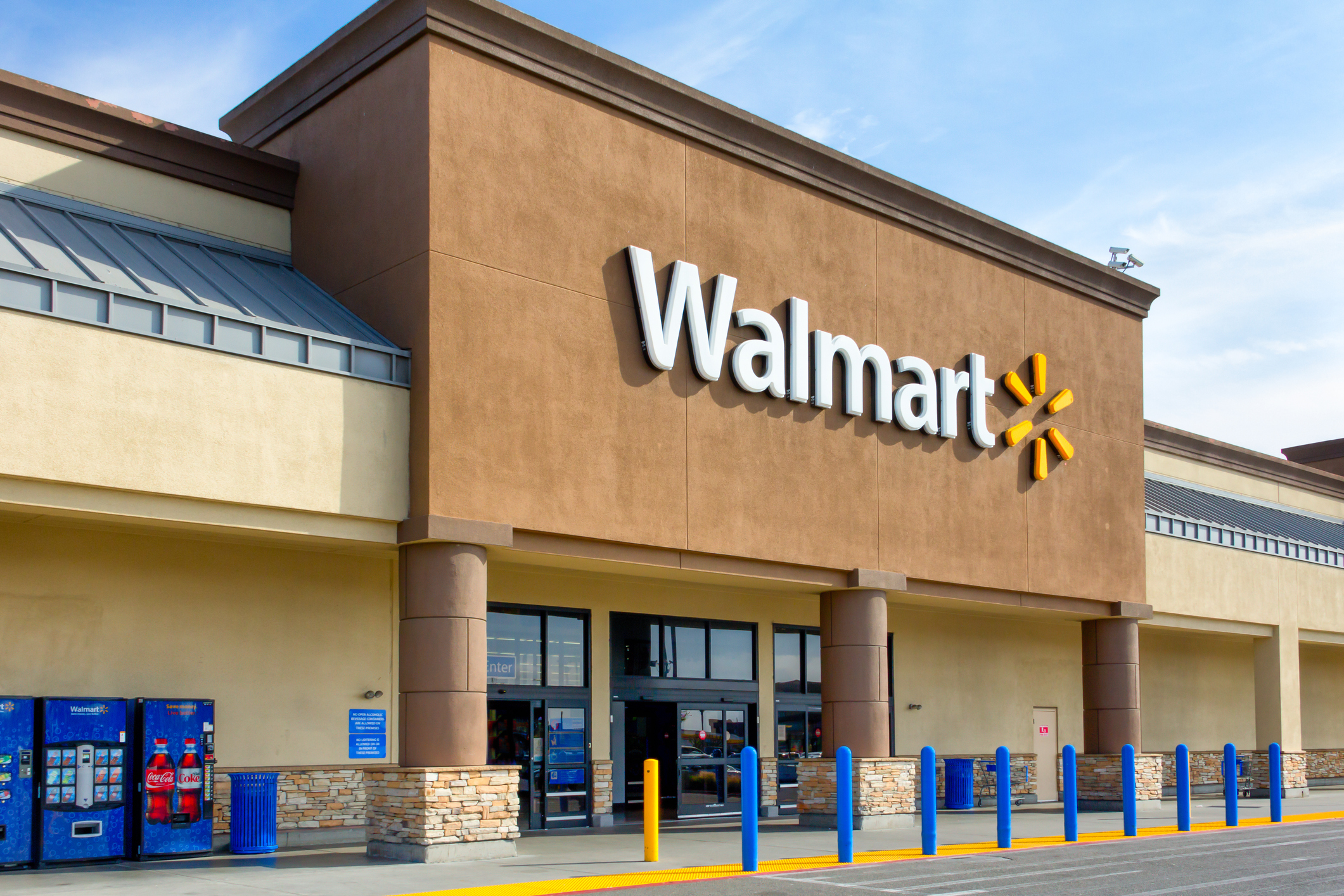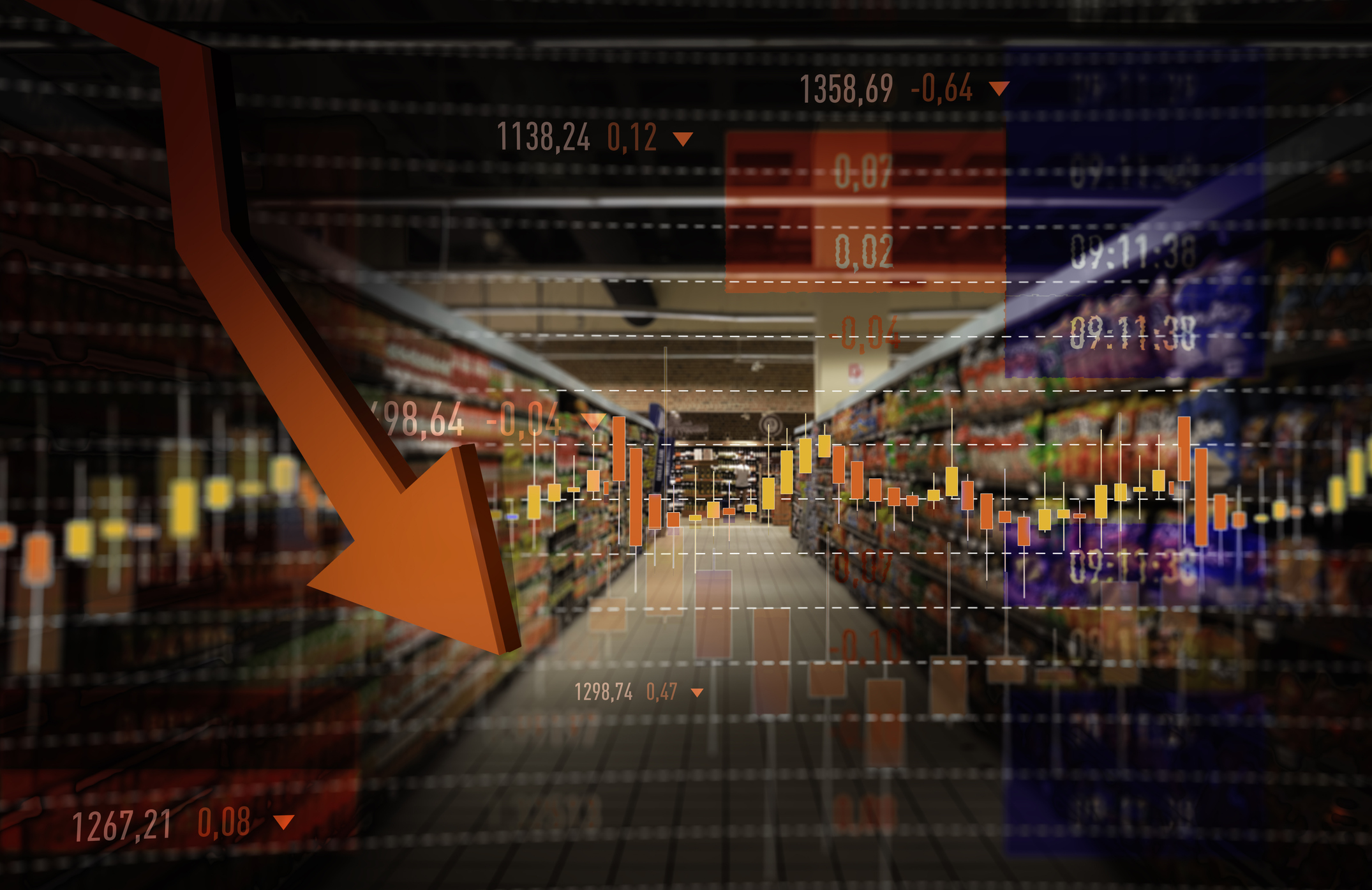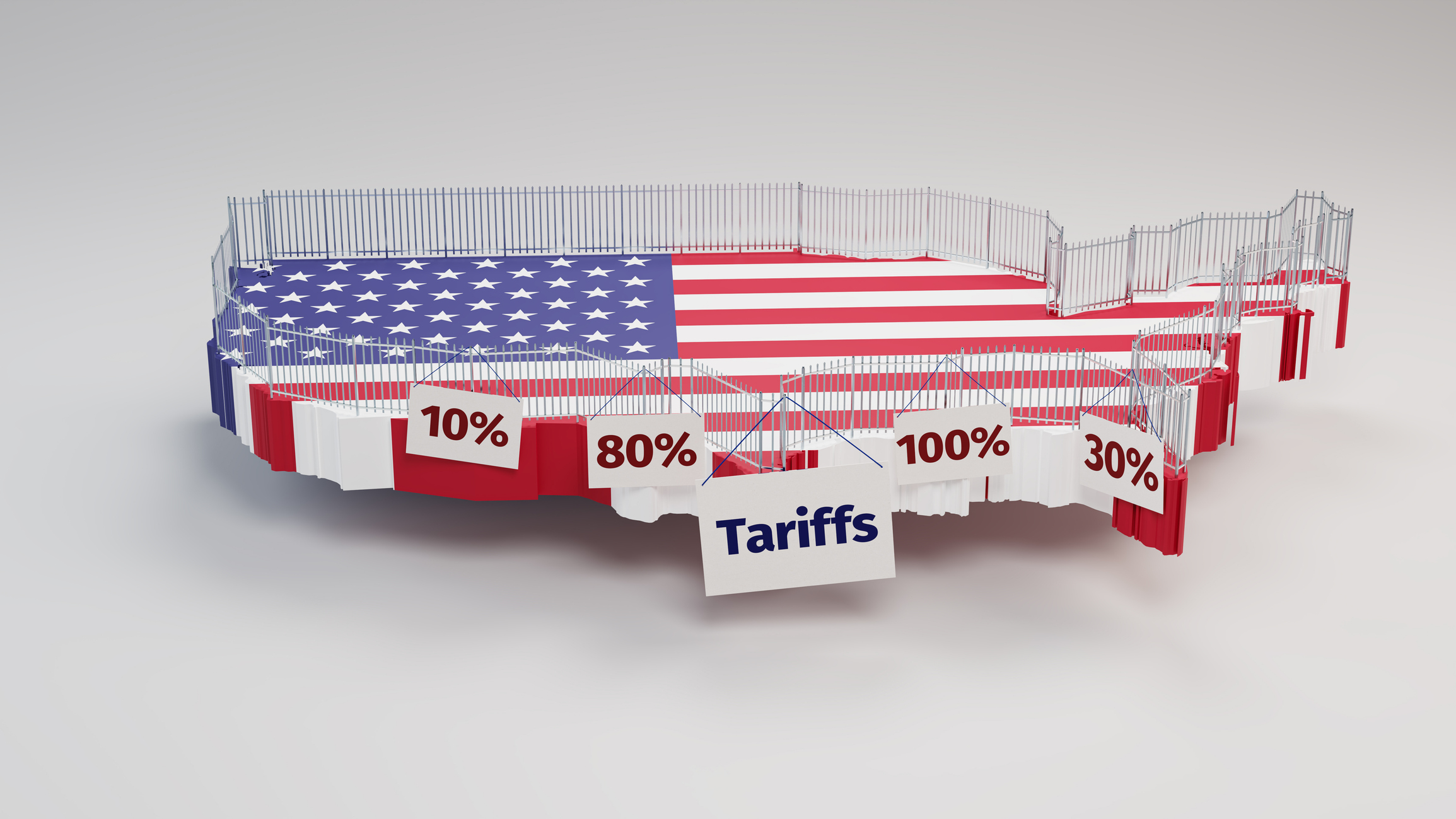In Praise of Wal-Mart
For millions of people, Wal-Mart is a lifesaver that provides what they want at prices they can afford.

Wal-Mart is certainly a company that merits superlatives. It is the world's largest retailer, with more than 4,000 stores in the U.S. and nearly 2,300 abroad. Annual sales exceed $330 billion, a figure larger than the gross domestic product of all but 20 nations. Wal-Mart is the largest private employer in the U.S. and the second-largest employer overall, behind only the federal government. Its 1.3 million domestic workers would more than fill all of the ballparks in the major leagues, and the number of shoppers over a two-week period exceeds the population of the U.S.
But few companies arouse as much passion as Wal-Mart. Critics contend that the company treats its workers badly, denies them benefits and buys its products from sweatshops in developing countries. Criticism of the company mounted after author Barbara Ehrenreich went underground to "expose" Wal-Mart in her 2001 bestseller, Nickel and Dimed. On top of this, some urban scholars blame big-box retailers in general, and Wal-Mart in particular, for putting mom-and-pop stores out of business, hastening the decline of downtowns and depersonalizing the shopping experience. Attacks on Wal-Mart almost surely contribute to its share price being lower than it ought to be. (Read Kiplinger's recent coverage of Wal-Mart and an outlook from KiplingerForecasts.com. Plus, see Kiplinger's stock picks for 2007.)
| Row 0 - Cell 0 | Latest Stock Coverage |
| Row 1 - Cell 0 | Become a Better Investor |
| Row 2 - Cell 0 | 8 Stocks to Own in 2007 |
| Row 3 - Cell 0 | Special Section for Baby-Boomers |
A different picture
But when I examine the facts surrounding Wal-Mart, a very different -- and far more favorable -- picture of the company emerges. For millions of people, Wal-Mart is a lifesaver that provides what they want at prices they can afford.

Sign up for Kiplinger’s Free E-Newsletters
Profit and prosper with the best of expert advice on investing, taxes, retirement, personal finance and more - straight to your e-mail.
Profit and prosper with the best of expert advice - straight to your e-mail.
I'm not saying that Wal-Mart is without fault. No large employer is. But if jobs at Wal-Mart are as bad as critics assert, why is it that 25,000 people applied last January for 325 job openings at the company's new store in the Chicago area? This huge rush to get jobs at Wal-Mart is not because there are no jobs elsewhere. The current unemployment rate of 4.4% is well below recent levels and has been lower in only four of the past 35 years. Applicants want these jobs because Wal-Mart pays more than $10 an hour, on average, which is considerably higher than the U.S. and state minimum-wage rates, whether or not you include benefits in the calculation.
And although Wal-Mart workers lacked benefits in the past, this is changing. The company now offers as many as 18 health-care plans for as little as $11 a month in many locations. But critics would like to force Wal-Mart to pay even higher wages and offer even more benefits. Recently, the Chicago City Council voted to hold Wal-Mart and other large store operators to higher wage standards than other employers in the city.
Fortunately, Mayor Richard Daley vetoed the Wal-Mart bill. This type of legislation sends the wrong message to prospective employers -- namely, "We will penalize you for being a large, efficiently run company that offers consumers the lowest prices." Would Chicago prefer less-efficient companies with higher prices and fewer jobs? That would have been the outcome had the bill become law.
Impact on prices
Studies have shown that Wal-Mart's prices have a huge impact on consumers' purchasing power. Global Insight, an international research firm, found that Wal-Mart's growth between 1985 and 2004 resulted in food-at-home prices that were 9.1% lower and overall prices (as measured by the consumer price index) that were 3.1% lower than they would otherwise have been.
These findings are stunning. Jerry Hausman and Ephraim Leibtag published a working paper for the National Bureau of Economic Research in 2004 titled "CPI Bias From Supercenters: Does the BLS [Bureau of Labor Statistics] Know That Wal-Mart Exists?" In it they showed that the BLS's inflation measure for food bought for home use is too high by about 0.32 to 0.42 percentage point per year because the agency improperly accounts for Wal-Mart's low prices, a mistake that leads to an upward bias in the overall inflation rate of about 15% per year. (In other words, if the government is reporting annual inflation of 3.45%, the real figure is closer to 3%.) No other company makes such a favorable impact on such an important statistic.
(This year, Wal-Mart rolled out a headline-making generic-drug program. Read more about trends in generic drugs.)
On the international front, those who criticize Wal-Mart for encouraging "sweatshops" in the developing world also fail to see the big picture. John Tierney, a columnist for the New York Times, recently wrote that Wal-Mart is as deserving of the Nobel Peace Prize as are Bangladeshi economist Muhammad Yunus and Grameen Bank, which he founded. Yunus and Grameen won the award in 2006 for their role in granting small loans to help poor villagers in Bangladesh start their own businesses. But, Tierney notes, Wal-Mart is responsible for the creation of far more jobs in developing nations. (Read Knight Kiplinger's discussion of Yunus's influence.)
Michael Strong, the head of a nonprofit group that promotes entrepreneurship abroad, says factories in developing countries that sell goods to U.S. retailers do a lot more to lift people out of poverty than virtually any governmental or private program, including the work of Grameen Bank.
Dynamic economy
Finally, those who fault large discounters for the decline of individual shopkeepers are ignoring trends that have been around for more than a half century. Similar accusations were made after World War II, when the growth of supermarkets, such as AP, contributed to the demise of locally owned butcher shops, vegetable stands and dry-goods stores. Yet today, the supermarket is a symbol of the American way of life, and specialty stores that cater to particular tastes (such as ethnic and gourmet foods) are still thriving.
Let me say that my family and I have not stepped into a Wal-Mart store for years. When one opened in Philadelphia a decade ago, we found the checkout lines far too long and personal service lacking. We prefer to shop at more "upscale" discount stores, such as Target.
But I vividly remember the people who shopped at Wal-Mart. Many were from Philadelphia's poorer neighborhoods, and they shopped as if every penny counted. When I see groups such as Acorn (the Association of Community Organizations for Reform Now) lead the battle against Wal-Mart by claiming to fight for "the disadvantaged classes," a thought comes to mind: Have any of their members ever spoken to any of the millions of Wal-Mart shoppers for whom the chain's "everyday low prices" are critical for making ends meet?
What's your view of Wal-Mart? Vote in Kiplinger's reader survey.
Jeremy J. Siegel is a professor at the University of Pennsylvania's Wharton School and author of Stocks for the Long Run and The Future for Investors.
Get Kiplinger Today newsletter — free
Profit and prosper with the best of Kiplinger's advice on investing, taxes, retirement, personal finance and much more. Delivered daily. Enter your email in the box and click Sign Me Up.

-
 12 Investments No Retiree Should Make
12 Investments No Retiree Should MakeIn retirement, when it's wise to take fewer risks with your nest egg, some investments are just nuts.
By David Rodeck
-
 What the Capital One Discover Merger Means for Your Wallet
What the Capital One Discover Merger Means for Your WalletThe Capital One Discover merger reshapes the credit card landscape and could impact your credit card rewards, interest rates and card perks.
By Paige Cerulli
-
 Walmart's Transformative Ways Spark a 100,000% Stock Return
Walmart's Transformative Ways Spark a 100,000% Stock ReturnWalmart's strategic store expansion and relentless cost-cutting have catapulted its share price over the years.
By Louis Navellier
-
 Stock Market Today: Dow Dives 748 Points as UnitedHealth Sells Off
Stock Market Today: Dow Dives 748 Points as UnitedHealth Sells OffA services-sector contraction and a worse-than-anticipated consumer sentiment reading sent bulls scrambling Friday.
By Karee Venema
-
 Stock Market Today: Growth Concerns Drag on Stocks
Stock Market Today: Growth Concerns Drag on StocksForward-looking commentary from a major retailer outweighed its backward-looking results as all three major equity indexes retreated on Thursday.
By David Dittman
-
 Walmart Is the Worst Dow Jones Stock After Earnings. Here's Why
Walmart Is the Worst Dow Jones Stock After Earnings. Here's WhyWalmart stock is sinking Thursday as the retail giant's dreary outlook offsets a fourth-quarter earnings beat and dividend hike. Here's what you need to know.
By Joey Solitro
-
 How Do Tariffs Impact the Stock Market?
How Do Tariffs Impact the Stock Market?Trump's tariff announcement sent shockwaves through the stock market, and there are still a lot of moving parts. Here, we look at what impact tariffs have on the stock market and your portfolio.
By Charles Lewis Sizemore, CFA
-
 Fed Leaves Rates Unchanged: What the Experts Are Saying
Fed Leaves Rates Unchanged: What the Experts Are SayingFederal Reserve As widely expected, the Federal Open Market Committee took a 'wait-and-see' approach toward borrowing costs.
By Dan Burrows
-
 Stock Market Today: Stocks End a Strong Year With a Whimper
Stock Market Today: Stocks End a Strong Year With a WhimperThe S&P 500 notched its first back-to-back 20%+ annual returns since the late 1990s.
By Karee Venema
-
 Fed Sees Fewer Rate Cuts in 2025: What the Experts Are Saying
Fed Sees Fewer Rate Cuts in 2025: What the Experts Are SayingFederal Reserve The Federal Reserve cut interest rates as expected, but the future path of borrowing costs became more opaque.
By Dan Burrows